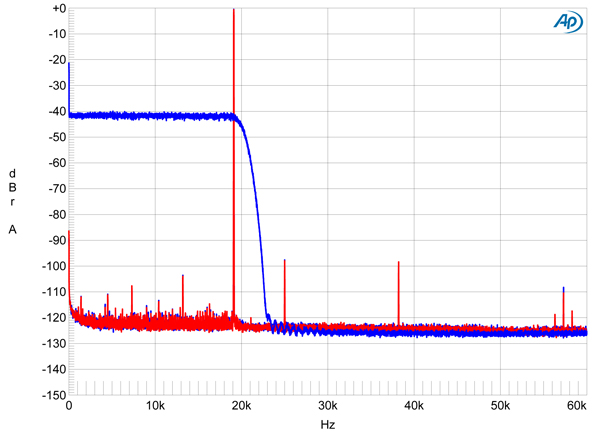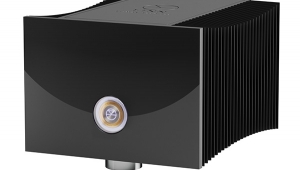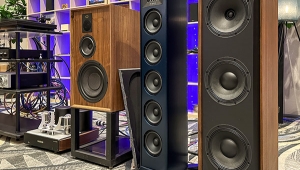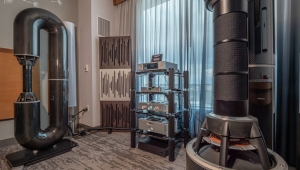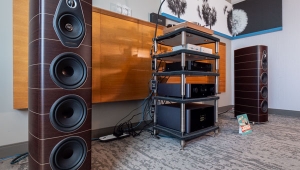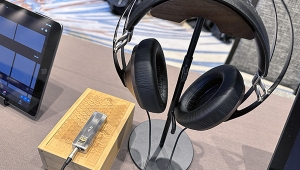| Columns Retired Columns & Blogs |
While the measurements look alright, can this product actually produce enjoyable music? It's called Faithful Musical Joy after all...
This device is full of way too many opamps with vanishingly low THD+N spec sheets (high negative feedback, class AB output stages anyone?) and even the reviewer has found the sound 'harsh' and 'in your face' in some cases! Even the balanced outputs are created by an opamp from a single-ended signal... is this where high-end is going?
For $3200?
How can this be 'recommended' over the dozen of other less expensive, better engineered and cheaper alternatives?
Congratulations to Arcam for being able to demonstrate the integration of so many different TI chips in a single device, they probably got a good deal on that order.



